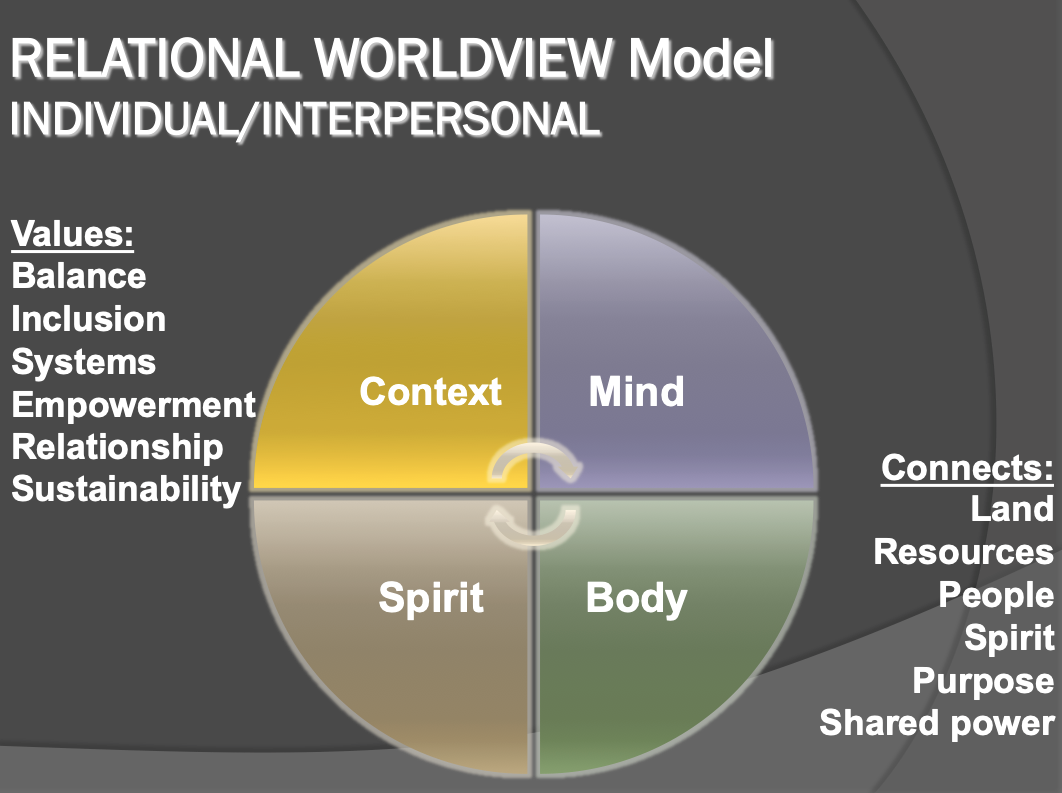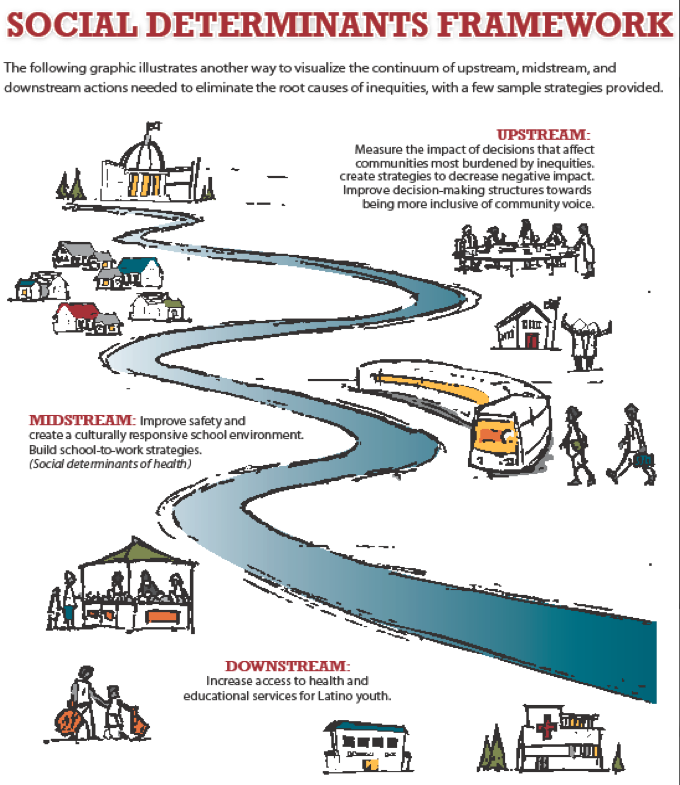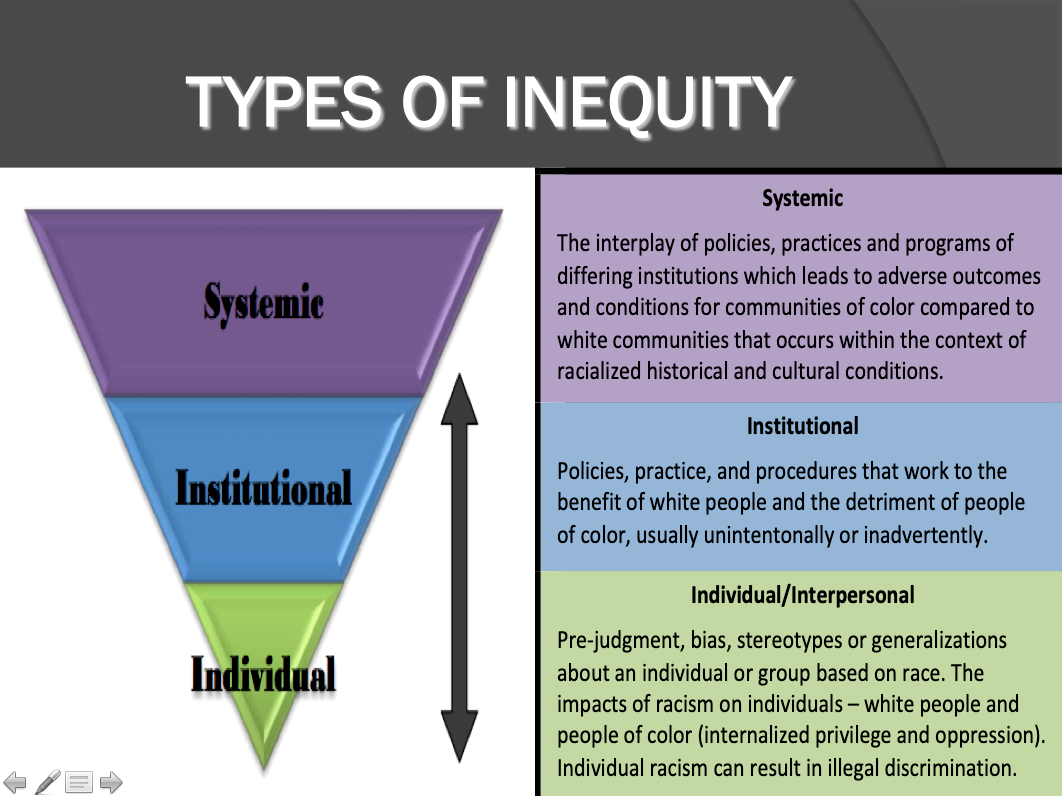This is a developing list of resources for the Contemporary Alexander School community as we continue our exploration of equity, justice, belonging, and dismantling the structures of oppression, supremacy, and colonization. This page will continue to be updated, so keep checking back for new books, articles, etc.
Resources used in our 10/25 training with
Sonali Sangeeta Balajee
COMMON AGREEMENTS
Using Robin DiAngelos’s Respect Differences? Challenging the Common Guidelines in Social Justice Education (LINKED HERE) we agreed to the following:
Strive for humility. Be willing to grapple with challenging ideas.
Differentiate between opinion - which everyone has - and informed knowledge, which comes from sustained experience, study and practice.
Hold your opinions lightly and with humility, and be aware of the opinions you do not hold lightly.
Notice your own defensiveness, use it as an entry point for gaining deeper self-knowledge rather than a rationale for closing off.
Recognize how your own positionally (race, class, gender, sexuality, ability, etc.) informs your perspectives and your reactions.
Differentiate between safety and comfort. Accept discomfort as necessary for growth.
Identify your learning edge and push it. Whenever you think “I already know this” ask “how can I take this deeper?” or “how can I apply in practice what I already know?”
We elevate resilience and pleasure
WHITE SUPREMACY CULTURE ENGAGEMENT
White Supremacy Culture
From Dismantling Racism: A Workbook for Social Change Groups, by Kenneth Jones and Tema Okun, ChangeWork, 2001
We worked through six of the characteristics (objectivity, right to comfort, paternalism, worship of the written word, defensiveness, and only one right way) in the opposite order they are presented here, starting with their antidotes, then their symptoms, and finally looking at their headings. At each step we broke into groups and talked about how each looks and feels and how we have experienced it at the Alexander International Congress, in our school, in AT culture, and in ourselves.
THREE MAJOR PILLARS
From the Equity and Empowerment Lens,
Balajee, Sonali S., et al., (2012).
Equity and Empowerment Lens (Racial Justice Focus), pg 56. LINKED HERE
We discussed how these three ideas apply to our perspective as Alexander Teachers, to our work, and to our larger society. We also discussed their analogies inside a body or inside an Alexander lesson.



SONALI’s work on belonging
This is part of the article Sonali produced as a senior fellow at the Haas Institute for a Fair and Inclusive Society. It introduces the work on Belonging that she has done and the frame that came out of her decades of experience and her fellowship. I recommend also reading the companion piece to this article, structured as a letter to Sonali’s daughter Shanti, you can find it at the top of the page.
EQUITY vs EQUALITY
We found this image useful when discussing the idea of Equity.
The 5 pS
We used this framework to address questions around equity, access, barriers, and justice in relation to Alexander (though it is designed to be used in any field). We have an ongoing homework project using this model.
From the Equity and Empowerment Lens,
Balajee, Sonali S., et al., (2012). LINKED HERE
GENERAL RESOURCES
BOOKS
What Does it Mean to be White? Developing White Racial Literacy by ROBIN DIANGELO
If I had to choose a place to start it would be with this book. It creates a baseline understanding of terms, structures, concepts, and interactions in relation to race in the US, specifically to being a white person. This book has been a critical step in my racial learning. It’s clear and concise yet deeply provoking and challenging in ways that created questioning and growth in me. I read and re-read this one.
“What does it mean to be white in a society that proclaims race meaningless yet is deeply divided by race? In the face of pervasive racial inequality and segregation, most whites cannot answer that question. Robin DiAngelo argues that a number of factors make this question difficult for whites miseducation about what racism is; ideologies such as individualism and colorblindness; defensiveness; and a need to protect (rather than expand) our worldviews. These factors contribute to what she terms white racial illiteracy. Speaking as a white person to other white people, Dr. DiAngelo clearly and compellingly takes readers through an analysis of white socialization. She describes how race shapes the lives of white people, explains what makes racism so hard for whites to see, identifies common white racial patterns, and speaks back to popular white narratives that work to deny racism. Written as an accessible introduction to white identity from an anti-racist framework, What Does It Mean To Be White? is an invaluable resource for members of diversity and anti-racism programs and study groups and students of sociology, psychology, education, and other disciplines.”
MY GRANDMOTHER’S HANDS by RESMAA MENAKEM
This is written by a Somatic Experiencing practitioner and is (according to the author) the first SE related book to discuss racial trauma. It is a fast read with some nice somatic practices in it and discusses inherited and generational trauma. He proposes that we start any anti-racist journey by healing our own trauma in a way that as a white reader, gives me concrete work to do on my own somatic response to race while also asking me to see and understand the history and institutionalization of racism and my positionally within it.
“The body is where our instincts reside and where we fight, flee, or freeze, and it endures the trauma inflicted by the ills that plague society. In this groundbreaking work, therapist Resmaa Menakem examines the damage caused by racism in America from the perspective of body-centered psychology. He argues this destruction will continue until Americans learn to heal the generational anguish of white supremacy, which is deeply embedded in all our bodies. Our collective agony doesn't just affect African Americans. White Americans suffer their own secondary trauma as well. So do blue Americans—our police.
My Grandmother's Hands is a call to action for all of us to recognize that racism is not about the head, but about the body, and introduces an alternative view of what we can do to grow beyond our entrenched racialized divide.”
WEBSITES
Dismantling Racism
I LOVE THIS WEBSITE! It’s clear, concise, experiential, and PACKED with resources. Put aside an afternoon, or a day, or a weekend to explore it. It will answer many questions, clarify confessions, and give you history and context. It’
White Accomplices: Opportunities for White People in the Fight for Racial Justice, Moving from Actor to Ally to Accomplice
This is a GREAT website for conceptualizing how to move from being a spectator, to an actor. It’s broken up into the different aspect of our lives (your job, your money, your children, your art, etc) and has additional resources for each area.
Articles
HEADS UP This is an approachable short article that contains a tool for asking questions that is a great beginning place for analyzing our efforts as they relate to equity, justice, and access. “HEADS UP can support people in moving from naive hope towards skeptical optimism and ethical solidarities.”
workbooks
Me and White Supremacy Workbook
Layla Saad is a writer, speaker, podcast host and recall justice advocate whose work explores the intersections of race, spirituality, feminism, and leadership. This workbook is meant to be done privately or in book circles. If the Alexander Community is interested in doing this together in a book circle, send me (lyra@lyrabd.com) an email. I recommend reading Robin DiAngelo’s What Does it Mean to be White prior to beginning this workbook.








